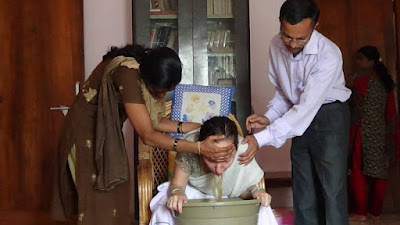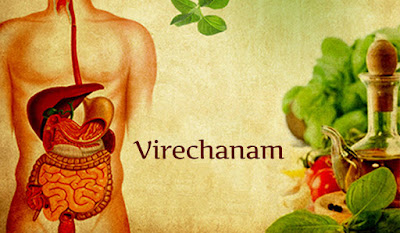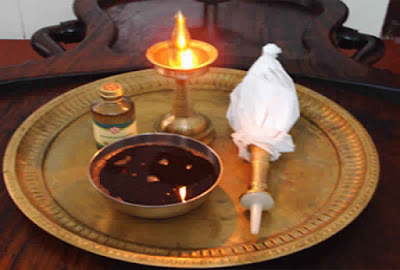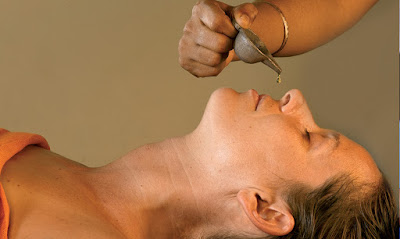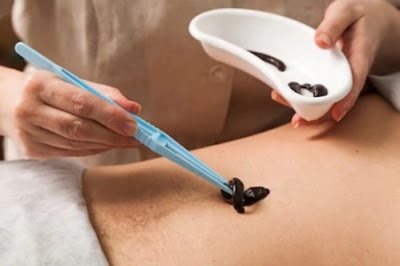Pancha karma | The Five Ayurvedic Karmas
PANCHA - Five karma in Ayurveda refers to treatment. So together it indicates five treating ways in Ayurveda.
Those are vamana, virechana, basti, nasya and raktamokshana.
Those are vamana, virechana, basti, nasya and raktamokshana.
The main motto of Ayurveda is to maintain the health of healthy individuals and to cure the disease of a diseased. i.e, स्वस्थस्य स्वास्थ्य रक्षणं, आतुरस्य विकार प्रशमनं। . Hence these treatment modalities were carried out in order to mitigate and so to eliminate the aggravated dosh as out of the body. Because doshas are the main cause to produce the disease in there vitiated stage.
And one more thing which is followed in the pancha karma procedures that they are carried out stage wise which include three stages namely the purvakarma, pradahanakarma and paschatkarma.
- In purvakarma namely the snehana and swedhana procedures are carried out.
- In pradahanakarma the respective procedures and the dravyas are advised those which help in eliminating the doshas.
- In paschatkarma the do's and don'ts have been explained.
All the karmas in ayurveda are administered to the specific diseases and specified persons. So, here the indication and non-indication of each karma is explained. And the phalashruti (the benifits) are also explained after each procedure.
- Vamana - The procedure followed in which the aggravated doshas are expelled out through the oral orifice.
The best time to perform vamana is during the vasanta rutu, hence said vasante vamanaha (वसन्ते वमन: ) . The best vamanopaka dravya is madana phala.- Virechana - The procedure followed in which the aggravated doshas are expelled out through rectal orifice.
The thing to be remembered here is purvakarmas are again repeated here before virechana.
This is performed after knowing the condition of the koshta of a person based on that the virechana dravya is decided.- Basti - The procedure followed in which the medicated dravyas are administerd through the rectal route with the help of basti yantra. Basti is mainly of three types :
According to some Acharya basti is the best treatment or shresta for the vata vayadi's.- Anuvasana basti
- Niruha basti
- Uttara basti
The instrument used for the procedure is called basti yantra.
This basti yantra has two parts namely : basti netra , basti putaka
- Nasya - The procedure followed in which the medicated dravyas are administerd through the nasal orifice in order to mitigate the urdvajatrugata vyadis ( उर्ध्व जतृगत व्यदि ) (otorenolayrngeology).
Nasya are further been classified into three types namely :
- Virechana nasya
- Bhruhana nasya
- Shamana nasya
Nasya is been further been classified on the quantity of the dravya used as :- Marsha nasya (6,8,10,bindu)
- Pratimarsha nasya (2 bindu)
Among these two the Marsha nasya is considered as best because of its immediate action.
- Raktamokshana :The procedure were the rakta is been purified by expelling out the vitiated blood out of the body.
This procedure is carried out with help of jalowkas (leeches).
So these are the five treatment modalities with the help of which one could be able to cure the disease if any and maintain one's health. These procedures should be carried out only by the raja vaidyas and physicians of pancha karma or else it leads to severities.
Each karma will be explained deeply in the future articles.
Also read our other Articles :
Also read our other Articles :




